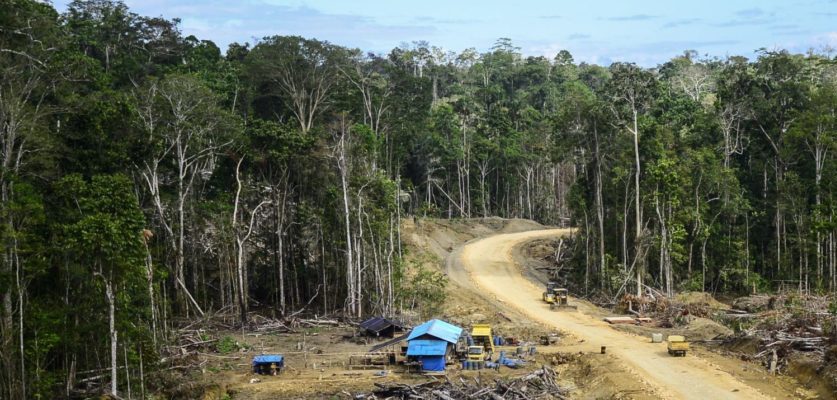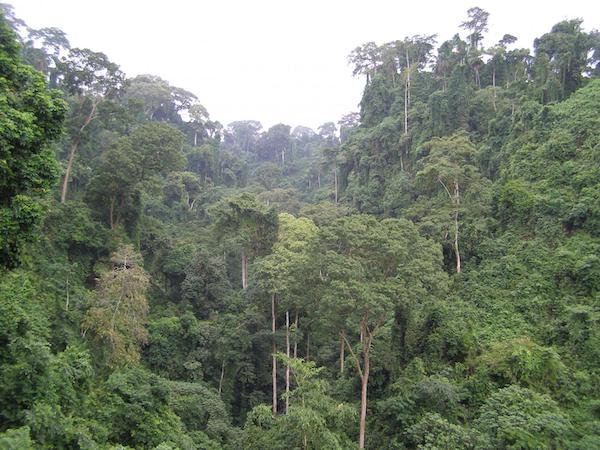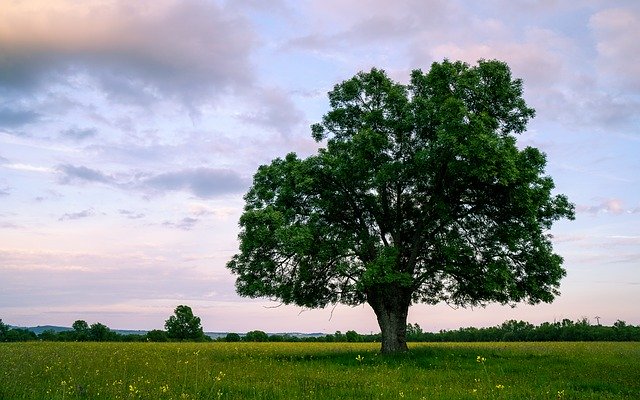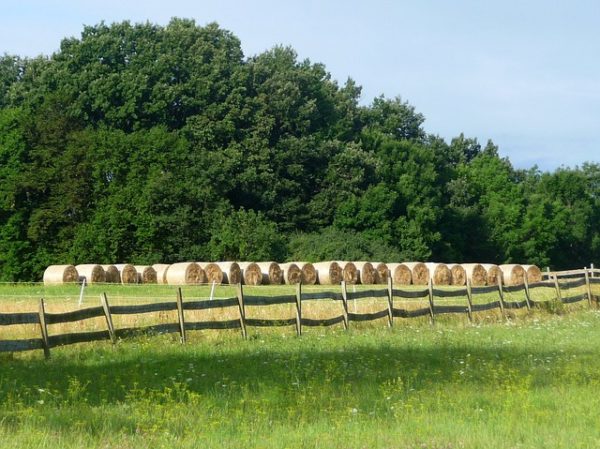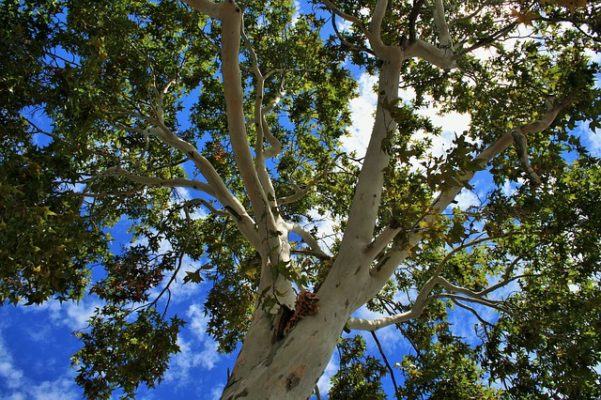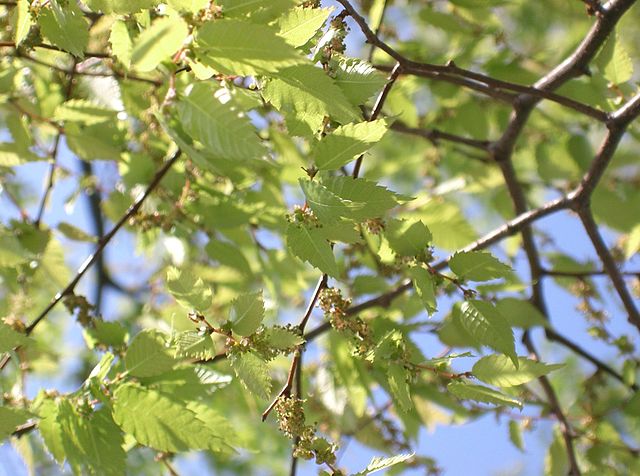
Photosynthesis in conifer forests is one of the most important carbon sinks on a global scale. Unlike broadleaf trees, conifers are evergreen and retain their photosynthesis structure throughout the year. Especially in late winter, the combination of freezing temperatures and…
Read More



